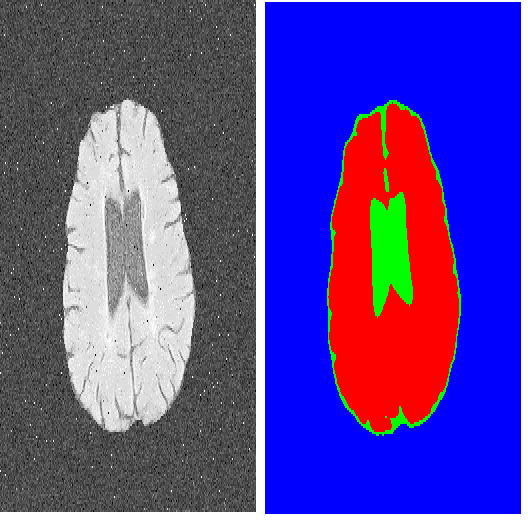Since the advent of U-Net, fully convolutional deep neural networks and its many variants have completely changed the modern landscape of deep learning based medical image segmentation. However, the over dependence of these methods on pixel level classification and regression has been identified early on as a problem. Especially when trained on medical databases with sparse available annotation, these methods are prone to generate segmentation artifacts such as fragmented structures, topological inconsistencies and islands of pixel. These artefacts are especially problematic in medical imaging since segmentation is almost always a pre-processing step for some downstream evaluation. The range of possible downstream evaluations is rather big, for example surgical planning, visualization, shape analysis, prognosis, treatment planning etc. However, one common thread across all these downstream tasks is the demand of anatomical consistency. To ensure the segmentation result is anatomically consistent, approaches based on Markov/ Conditional Random Fields, Statistical Shape Models are becoming increasingly popular over the past 5 years. In this review paper, a broad overview of recent literature on bringing anatomical constraints for medical image segmentation is given, the shortcomings and opportunities of the proposed methods are thoroughly discussed and potential future work is elaborated. We review the most relevant papers published until the submission date. For quick access, important details such as the underlying method, datasets and performance are tabulated.
翻译:自 U-Net 出现以来,完全进化的深神经网络及其许多变异体彻底改变了以医学图像分割为基础的深层次学习的现代景观。然而,这些方法过分依赖像素水平分类和回归,在早期就被确定为一个问题。特别是当在医疗数据库中培训现有注释很少时,这些方法容易产生分解工艺,如支离破碎的结构、地形不一致和像素岛等。这些工艺品在医学成像方面特别成问题,因为分解几乎总是一些下游评价的处理前步骤。可能的下游评价范围相当大,例如外科规划、视觉化、形状分析、预化、治疗规划等。然而,所有这些下游任务中有一个共同的线索是解剖一致性的要求。为了确保分解结果在解学上具有一致性,根据Markov/感性随机场的方法,统计形状模型在过去5年越来越受欢迎。在本审查文件中,关于为医学图像分割带来解剖障碍的最新文献的概述范围相当广,例如外科规划、可视化、形状分析、形状分析、预测、治疗、治疗规划等等。然而,所有这些下游工作有一个共同的线索是解的快速分析,我们所讨论的快速分析,在提交日期之前,并有机会进行这种分析。



